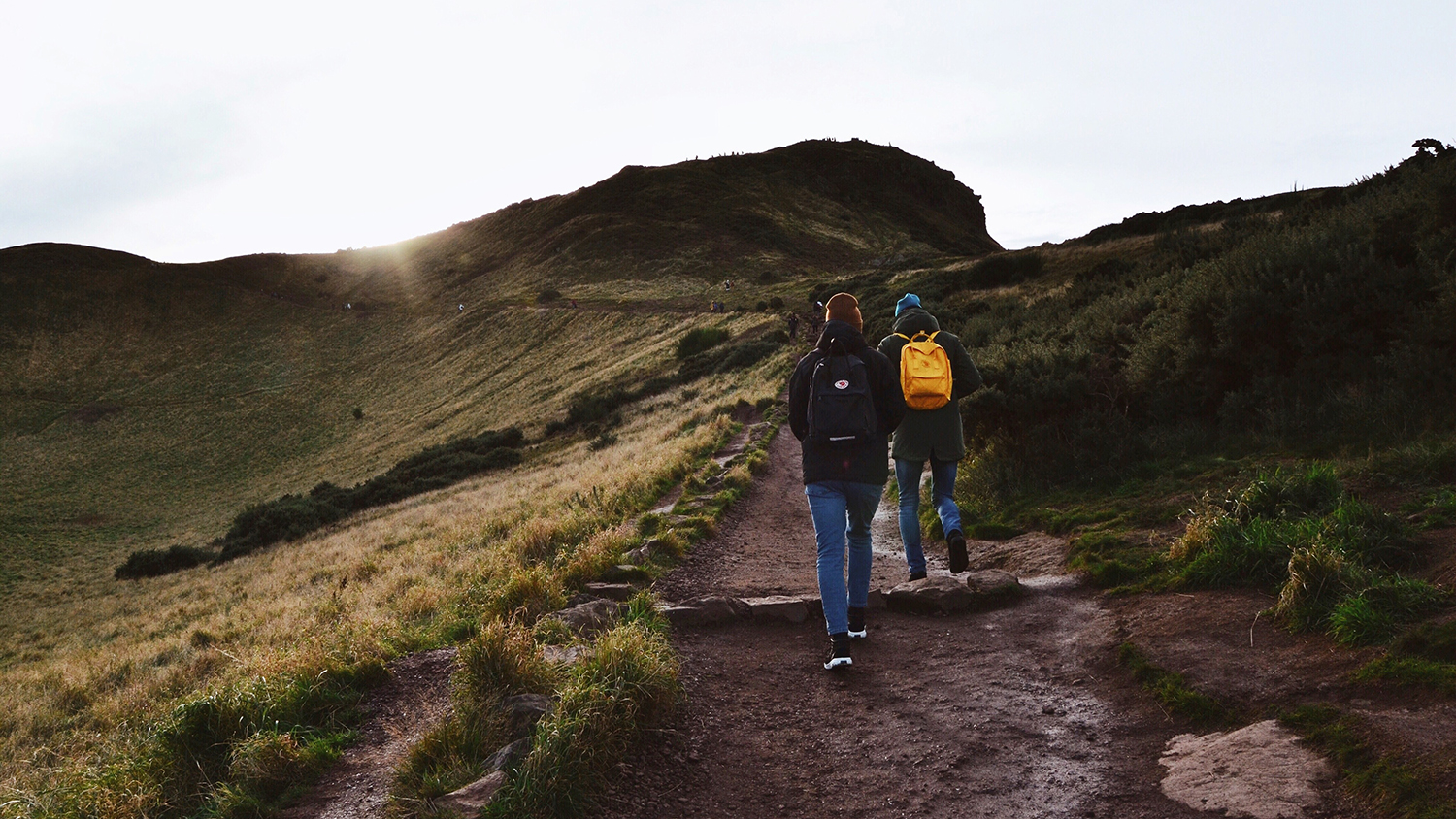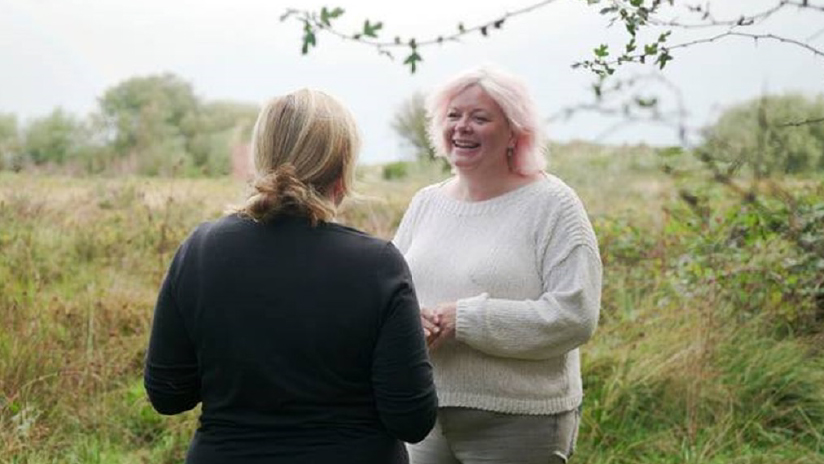
27 March 2023
Tanya Nash, coach, facilitator and trainer, talks about the importance of natural rhythms and cycles, how they affect our lives and how we work as coaches.
As I write this, it’s the spring equinox here in the UK. The equinox marks the time in March where the sun crosses the equator on its journey from south to north, where the hours of daylight and darkness are momentarily in balance, and we celebrate the start of spring in the northern hemisphere. The spring and autumn equinoxes, with the summer and winter solstices, pulse out the seasons of each year for us, in a regular and resolutely assuring way.
This predictable pattern is out of kilter with the world in which we live and work, a world that is increasingly disordered and uncertain. At each turn, we are confronted by an overwhelming series of existential crises such as climate change, war, economic upheaval, pandemics and ecological destruction, that affect our lives day to day, in work, at home and our personal health.
In response to this chaos and disruption, nature is emerging as a new evolutionary paradigm that is regenerative and restorative, connected and cyclical in its form. It is a paradigm that contests our rigid, linear way of being, by recognising that we exist within, not separate from, a wider living system, and that our wellbeing, and long-term survival, is dependent on our interconnectedness with both the human and non-human world.
The benefits of working with nature in coaching is becoming well-established. There is growing evidence that we have an instinctive drive to seek connection with nature, a concept known as biophilia, or the love of living things. People who take time to be in and connect with the natural environment have a higher life satisfaction, higher self-esteem and confidence, are happier and have stronger relationships with other people. So integrating nature as part of our coaching toolkit, makes good sense.
My coaching in nature practice initially came from necessity rather than an understanding of the benefits nature can give us as coaches. As a new coach, I didn’t have a physical room to work from, so the outdoors became my coaching space.
I soon found that nature offers an embodied, somatic experience for both my clients and for me. It results in positive emotions, less mental distress, and helps us build resilience. Being in nature can increase attention and self-control and can help people develop a better sense of meaning and purpose. This relationship is reciprocal, as spending time in nature can increase your sense of connectedness with the natural environment, and in turn a drive to protect and nurture it.
As I spent more time working with nature as a coach, I started to wonder if there was something I was missing. Nature is regenerative, and it works in cycles of birth, growth, death, renewal and re-birth. As a coach who works primarily with people who work in the sustainability and environmental sector, this regenerative approach feels more attuned to my and my clients’ values.

Above: Tanya Nash coaching a client outdoors. ‘We will never be truly healthy, satisfied, or fulfilled if we live apart and alienated from the environment from which we evolved.’ Stephen R Kellert, Birthright: People and Nature in the Modern World
Cycles in nature are biological or astronomically repeated patterns or sequences of events that occur in a natural order. They have a revolving flow: degenerative/regenerative, decline/renew, dark/light. There is plenty of evidence that these external natural cycles, such as seasons or diurnal (day and night) rhythms, directly impact our health and wellbeing, how we perform in work, and our own inner natural cycles, such as our circadian rhythm or hormonal cycles.
External natural cycles influence how our mind, our physical self, and our productivity all work. Many of us will be aware of seasonal affective disorder (SAD), a depressive condition that affects some people during the winter, as levels of serotonin (the happiness hormone) decreases and levels of melatonin (the sleeping hormone) increases as a result of lower levels of light.
I have my own experience of this. Thirteen years ago, blood tests taken at the end of winter showed I had low thyroid hormones. Not so low to require treatment, but low enough to affect my mood. My GP told me to take a 15 minute walk outdoors in the middle of each day, and to come back in three months when the days were lighter and it was warmer. Sure enough, my thyroid hormone levels had bounced back up and I was way more energised.
Studies show that our brain’s ability to work on goal-focused tasks that require sustained attention to take in information, peaks at the summer solstice and is at its lowest at the winter solstice. Our working memory, the ability to retain information for brief periods to help make sense of it, and our productivity peaks at the autumn equinox. This might be why so many of us fail with new year resolutions, set in the middle of winter, which is the worst time of year for motivation!
Our ability to be physically active increases during the new moon and full moon. Studies suggest that our cardio-pulmonary systems are at their strongest during these phases. According to research papers, we recover more quickly from operations conducted during a full moon than at other times of the lunar cycle.
Diurnal cycles influence our circadian rhythm or body clock, dictating whether we are a morning or evening person. However, our circadian clock also interacts with our homeostatic or energy clock, our drive to sleep the longer we are awake.
Together, these two internal cycles govern when we are likely to be most alert or most tired. Interfering with the rhythm of one hinders the functioning of the other. If your sleep drive is off due to stimuli such as caffeine or blue light from screens, or your circadian clock is out of line because of time zone changes, our periods of alertness and our ability to complete tasks with higher precision and fewer errors is compromised. The risk of having a car accident has been shown to increase for a short period after the clocks change in spring, which is thought to be caused by the impact the change has on our alertness.
Exploring how natural cycles affect our clients and us can be another way we can connect and align with nature, and gives us a tool to help overcome mental exhaustion, improve our focus and attention, and a greater sense of connection. Mary Davis, the author of Every Day Spirit, says, ‘A walk in nature brings the soul back home.’ By paying attention to the outer natural world, in its physical form and in the regenerative processes it follows, we are helping our inner selves come into balance.
Find Tanya Nash on LinkedIn
Resources
Resources to help build your coaching in nature practice:
Podcast – by Fi Macmillan, from Wild Leadership
Articles on coaching outdoors – by Lesley Roberts from Outdoor Coaching
Free e-book – Nature Coaching, and resources from Diana Tedoldi of the Nature Coaching Academy
Free book – Being in Nature by James Farrell from the Nature Coaching Company
Free resources – from Joanna Macy’s The Work that Reconnects
Main image by Silvia Grešová on Unsplash